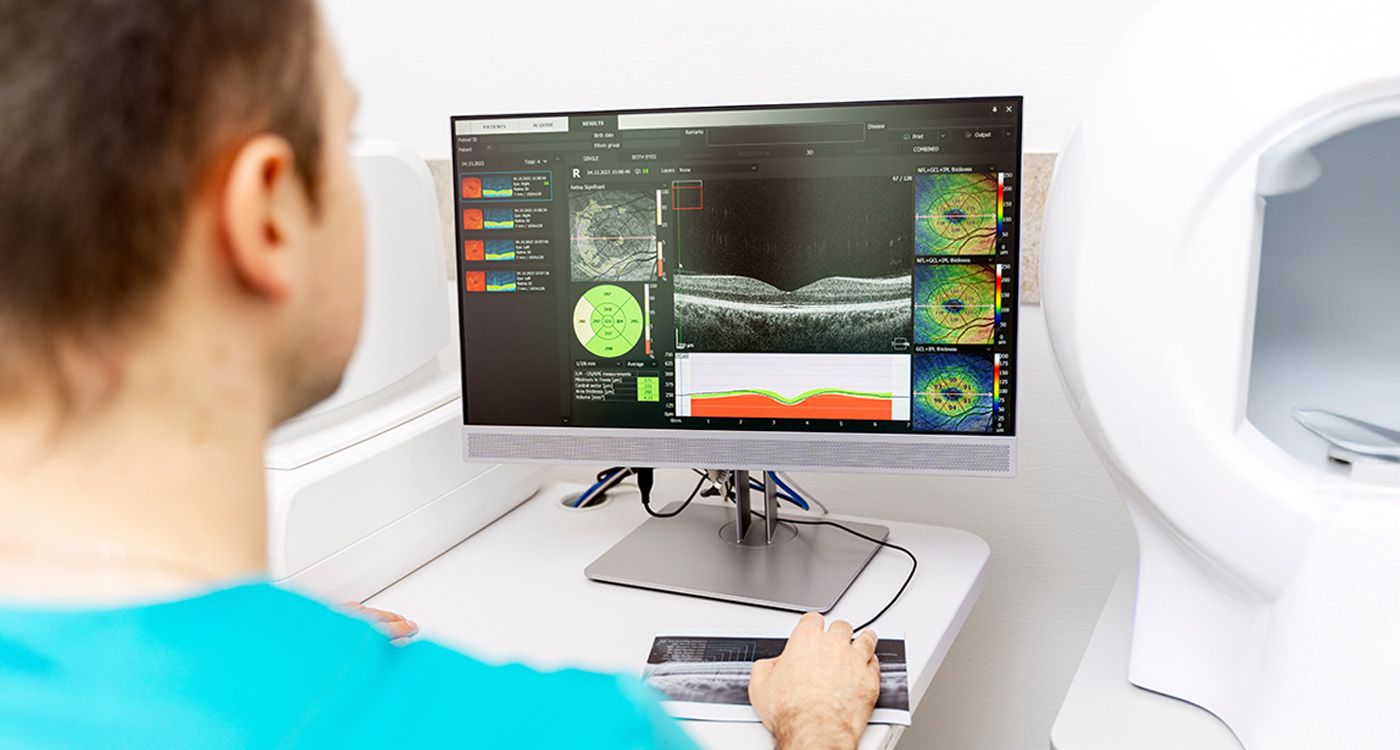
Patients with AMD, deprived of central vision, once saw the world fade away. Now, a subretinal photovoltaic microchip is changing everything, restoring light to those who had thought it lost forever.
Losing central vision is like watching the heart of the world blur, then fade to black, until you can no longer recognize a loved one’s face or read the lines of a book. This silent suffering affects over 200 million people worldwide: Age-related Macular Degeneration (AMD) is now the leading cause of vision loss in those over 60. The disease gradually destroys the macula, the tiny center of the retina responsible for detailed vision. For the atrophic form, the most common and hardest to treat, science had long been powerless. But since autumn 2025, a spark of hope has reached the medical community and patient organizations: a microchip, precise surgery, and the promise of restoring light to those who had lost it.
A Revolution Beneath the Retina
The latest chapter of this scientific breakthrough spans continents and languages. A multicenter clinical trial, published in the New England Journal of Medicine (Holz et al., 2025), brought together researchers and physicians from the Vision Institute (Inserm/CNRS/Sorbonne University), the Adolphe de Rothschild Foundation, the Quinze-Vingts National Ophthalmology Hospital, Stanford University, and the US company Science Corporation. Thirty-eight patients, averaging 78.9 years old, were enrolled across 17 centers in five European countries, including major French hubs in Bordeaux, Créteil, Lyon, Marseille, and Nantes. With a previous series of four patients, 42 people have now received the Prima implant.
The Prima device represents twenty years of fundamental and applied research. Designed by Daniel Palanker at Stanford, the photovoltaic chip is a two-millimeter silicon square, just 30 microns thick, carrying 378 microscopic electrodes. Implantation, performed under local or general anesthesia, takes only one to two hours. Through a tiny incision, the chip is slipped beneath the retina in the macular region. Completely wire-free, with no external connectors, this generation of implants is invisible from the outside. Everything happens beneath the surface.
The true revolution takes place in daily life. Upon waking, patients put on augmented-reality glasses equipped with a miniature camera that continuously films their surroundings. The images are sent to a pocket-sized computer, where an algorithm enhances contrast, adjusts brightness, and provides optical magnification of up to twelve times. The processed video is then converted into infrared beams, projected in real time onto the subretinal chip. The 378 electrodes capture the infrared light, triggering a photovoltaic conversion: light becomes electricity, directly stimulating surviving retinal neurons and bypassing dead photoreceptors. The resulting signal travels up the optic nerve to the brain, allowing patients to perceive a world they thought lost.
Encouraging Results
The results confirm the long-awaited breakthrough. One year after implantation, 81% of patients could read at least ten additional letters on the standard ophthalmological acuity scale, with some reading up to 59 letters. Peripheral vision, essential for mobility, remained intact. For the first time, functional central vision, though still stylized and incomplete, has been restored in people with advanced atrophic AMD. The improvement is neither miraculous nor complete, yet it fundamentally changes the course of a disease long considered untreatable. According to Professor Jose-Alain Sahel, co-author of the study and a pioneer in the field, it represents “a major technological and clinical leap, opening the door to future innovations.”
The success of Prima relies on the convergence of multiple scientific advances. Extreme miniaturization made the implant compatible with the fragile structure of the human retina. Its photovoltaic design powers the chip without wires or batteries. Advanced algorithms in the pocket computer optimize the visual signal for the brain, while selective neurostimulation activates retinal neurons point by point, transmitting visual information. This fusion of physics, electronics, computing, and biology makes Prima a true world first.
Yet the technical achievement comes with challenges. Vision with the chip remains stylized, resembling outlines or schematic images. Patients undergo intensive rehabilitation, learning to interpret this new sensory input and recalibrate their spatial awareness.
The boundary between human and machine is now redrawn inside the eye. Through this silicon bridge, light long lost returns in a new form, restoring autonomy and dignity.
While a new era for atrophic AMD is emerging, it still requires time, vigilance, and ongoing dialogue among science, medicine and society. But for the first time, the night that once seemed inevitable is no longer certain.
Sources:
-
Holz FG et al., The New England Journal of Medicine, 2025
-
Sciences et Avenir, October 20, 2025
-
Inserm Press Release, October 2025


Comments